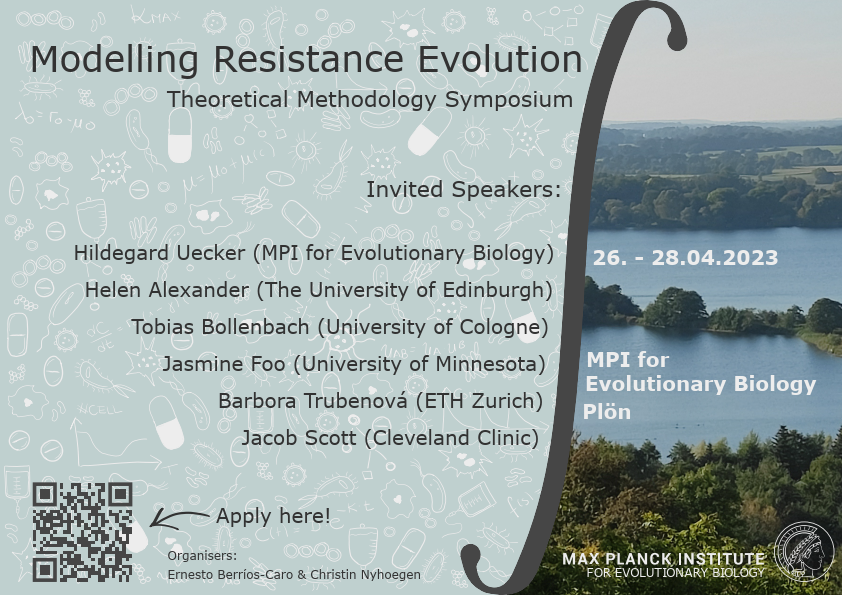Speaker
Description
When multiple antibiotics are combined, they can interact in diverse and difficult-to-predict ways. Two antibiotics may synergize or antagonize, inhibiting bacterial growth more or less than expected. Such drug interactions can strongly influence the dynamics of resistance evolution and, in extreme cases, lead to selection against drug resistance. I will present how drug interactions are quantitatively characterized and show that a theoretical description based on bacterial growth laws, combined with drug uptake and binding kinetics, allows direct prediction of a large fraction of observed drug interactions between antibiotics targeting translation. Additional interactions are explained by "translation bottlenecks": points in the translation cycle where antibiotics block ribosomal progression. In particular, extremely strong antagonistic interactions, where the addition of one antibiotic facilitates bacterial growth in the presence of another, are faithfully captured by a theoretical description based on the totally asymmetric simple exclusion process (TASEP). Finally, I will show how similar theoretical descriptions of bacterial growth can capture quantitative features of the bacterial response to antibiotics with other cellular targets, and discuss the relevance of these phenomena for the dynamics of resistance evolution.

